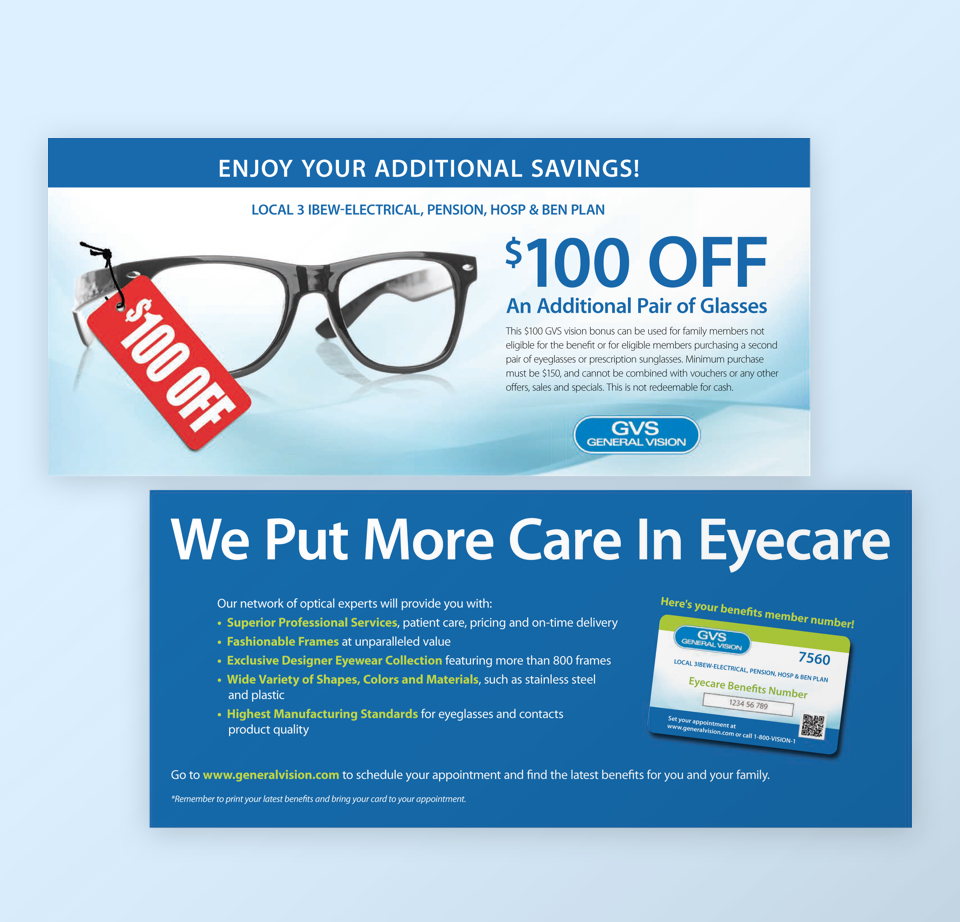Millennials will soon be phased out as the target demographic for many industries to make room for the new kids in town, Generation Z. Brands will have to get creative to catch the focus of these digitally-reliant, advertising embracing, fad-chasing consumers. Predictive marketing is going to play a huge role in this transition phase and Linx is fully prepared to take on the challenge with our new marketing model.
Marketing has a new buzzword: Gen Z. Younger than millennials, the next generation is more reliant on digital than its predecessor, forcing brands to get more creative in their marketing.
A quartet of marketers from Gatorade, GE, AwesomenessTV and NBCUniversal spoke about what’s driving the shift Wednesday at Advertising Week.
Here are three things brands need to know if they want to be prepared for Gen Z:
They know what sponsored content is, and they’re cool with it
As with most millennials, Gen Z knows that sponsored content is an ad disguised as a video series—but that’s OK, said Brian Robbins, founder and CEO of AwesomenessTV.
For example, the multichannel’s most popular series, Royal Crush, is about two teens who meet and fall in love on a cruise ship. The series is sponsored by Royal Caribbean and has run for four seasons.
AwesomenessTV worked with Nielsen to compare the digital series creative to that of TV and found that the digital version being 30 percent more efficient.
“If Royal Caribbean didn’t want to make the show anymore, I would still have to make the show because our audience loves it so much,” Robbins said. “Our audience knows that it’s a little bit of a commercial, but they don’t care.”
Snapchat is hot, but it won’t be forever
Snapchat has made inroads with millennials and Gen Z faster than any other social network—notably, Twitter and Facebook. But it won’t always be that way, panelists said.
“I think Snapchat is a really important channel to think about today but it’s not the only one,” said Sam Olstein, GE’s director of global innovation. “Messaging is super exciting and particularly represents so many new opportunities to innovate around format.”
For example, AwesomenessTV’s Robbins said, his company is experimenting with short, influencer content on Kik that “you could sort of engage with and have a two-way conversation or group chat around.”
Still, Snapchat has the massive reach and engaged users brands want, said Gatorade’s head of consumer engagement Kenny Mitchell.
For the Olympics, Gatorade created an animated film with runner Usain Bolt that ran as a seven-minute video on Snapchat. Mitchell didn’t say how many total users watched the ad, but one-third of those who saw it in Discover channels swiped up to watch the spot. And nearly 40 percent watched the entire video.
They like traditional advertising—well, kind of
Even with messaging apps, Snapchat and Instagram, nothing replaces putting a product in consumers’ hands, GE’s Olstein argued.
That’s why the tech giant has made moon sneakers and hot sauce, and created a 12-foot meat smoker at South by Southwest in 2014 and took it on a college tour targeting engineering students on campuses including Georgia Tech and Boston College.
“GE is a complicated company and has really important technology that touches people—it’s hard to convey some of that stuff in the fragmented media and the world of social media,” Olstein said. “As exciting as digital is, it’s hard to duplicate a real-world experience.”
Gatorade also replicated its SXSW activation geared toward young athletes from this year. The installation showed a project launching in 2017 in which consumers can design their own water bottles and sports drinks.
“Our intent was to educate and showcase something that’s a lot harder to be demonstrated in a commercial or a bespoke content piece—we wanted to have a tactile experience,” Olstein said.
Source: AdWeek September 28, 2016

3 Things Brands Should Know About Gen Z—and They're Not All About Snapchat
Millennials will soon be phased out as the target demographic…

